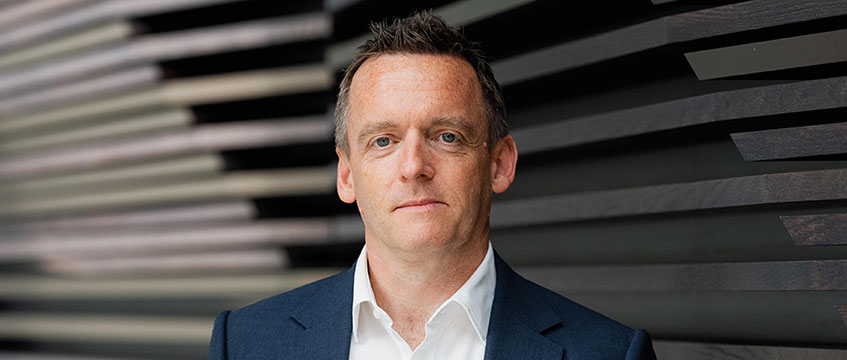COMMENT We must recognise that we don’t all experience spaces in the same way. And as the industry that shapes the places where life happens, it’s on us to ensure no one is left out. It isn’t just a moral imperative, but a deciding factor in whether a place is successful – socially and economically.
Inclusivity must be embedded from the start. That’s why we’ve created a series of inclusive design principles in partnership with Publica. These principles will unite our internal teams and every partner we work with to ensure our places are designed for everyone – and we hope they will inspire the wider industry which we know shares our mission to create inclusive places.
Inclusive design starts with removing barriers. Physically, but also in the experiences people have in their interactions with the space and people within – enabling everyone to participate in their everyday activities and life’s more special moments, too.
Research by disability charity Purple found 75% of people with disabilities and their families have avoided a business because of poor accessibility or service. That’s an awful personal and customer experience. It’s a bad outcome for society and it’s a bad outcome for the businesses concerned. So the incentive to do something is clear.
More than accessibility
Inclusive design goes beyond looking at accessibility. We must ask if a space is easy for everyone to use. Does everyone feel welcome? Does everyone feel safe and secure navigating the space at all times of day and night? Research by the Greater London Authority found 80% of women avoid certain areas due to poor lighting and design. This simply isn’t right. We must – and can – design places with everyone’s experiences in mind. If we do, they’ll rightfully appeal to the broadest range of people – creating the right outcomes for business and society.
Applying inclusive design principles gives us the chance to get things right from day one. It means we don’t have to keep returning to the drawing board, can avoid costly retrofitting and all reap the benefits. That’s fewer alterations to planning applications, less remodelling, and a place that attracts everyone – communities, businesses and investors – to ensure the long-term success of a place.
Listen to communities
As an industry that faces society every single day, one of the easiest ways to do this is to listen to our communities. It’s essential we engage people with different experiences to ensure their needs are integrated into all design decisions. Their input is invaluable, whether it’s suggesting alternatives to alcohol-based socialising which was raised at one of our project workshops at 55 Old Broad Street in the City of London, or the creation of a public meadow in our regeneration plans in Lewisham. By understanding what the community wants, we can bring local residents and businesses with us, creating spaces that are used and cherished.
There’s a lot to be done, but the industry is making progress, working with specialists who understand the nuances of diverse experiences and engaging the communities who know their experiences best. And we’re making strides in greater reflecting the communities we serve in the make-up of our own businesses. By actively recruiting diverse talent, we can ensure a range of perspectives are represented and pick up design flaws before we lock them into physical buildings.
Fostering inclusivity doesn’t just influence the design of our places, it empowers our colleagues to do better and this has a ripple effect of better engagement, retention and outcomes. It’s a collective effort, and in order for it not to be piecemeal, we’re working together with industry peers, including the Crown Estate and Grosvenor, to share best practice and better our understanding.
As a sector, we must adopt principles of inclusive design to help our developments to succeed and our communities to prosper and grow. Creating places where people want to spend time unlocks productivity, improves the economy, and makes us happier. Inclusive design isn’t just good design – it’s a business imperative.
Read Landsec’s inclusive design principles at https://landsec.com/inclusive-design
Mark Allan is chief executive at Landsec











